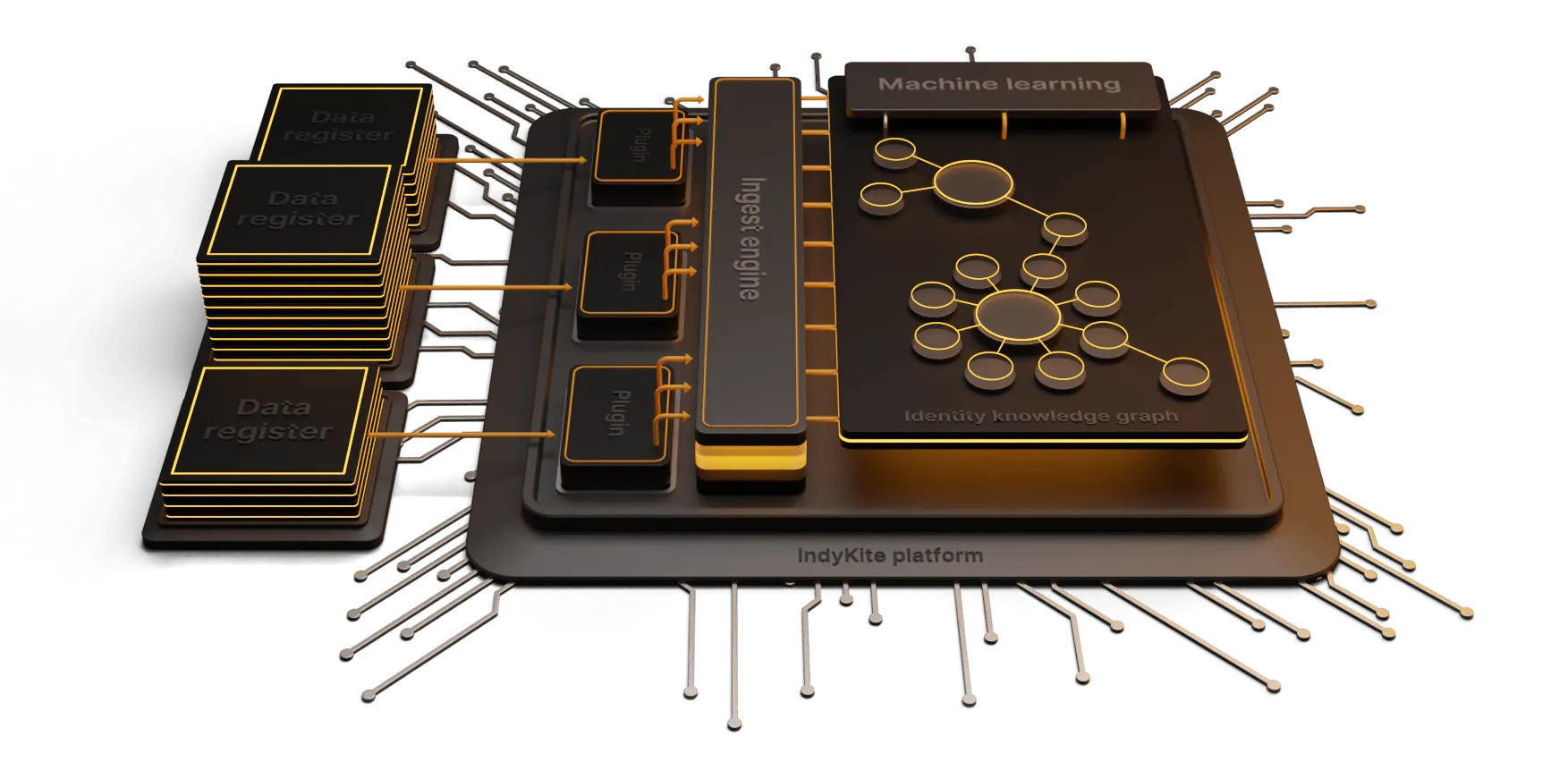It’s the hottest topic around and expectations are high. Probably too high… but there are some exciting opportunities on the horizon for how IAM can leverage artificial intelligence (AI) and machine learning (ML).
In 2018, AI was a key topic for Identiverse with the question: is it time to turn over identity management and access control to artificial intelligence systems? While I think the dream of end-to-end automation and completely autonomous processes is exactly that - a dream - it’s encouraging to see this topic was seriously discussed five years ago.
Fast forward to today and it feels like a whole new era when it comes to AI. It’s now 10 months since OpenAI’s ChatGPT was launched and made generative AI accessible to everyone. The shiny, futuristic, and exciting concept was suddenly available for all of us to interact and play with. And play with it we did!
While we all became quickly familiar with its limitations, the age and scope of the data it was trained on, and the critical importance of prompt engineering – it took the world by storm. The impact has created this incredible momentum and FOMO (fear of missing out) i.e. if you’re not using it or building with it, you will be left behind.
‘Generative AI has had an impact like no other technology in the past decade’
Gartner Hype Cycle for Artificial Intelligence 2023
AI for value creation
The McKinsey State of AI 2023 global survey tracks the adoption of AI and separates the ‘high AI performing businesses’ from the rest with a critical differentiator: how high performers think about AI.
Rather than a cost reduction focus, high performers have a value creation focus. These businesses are looking at AI, not just to augment their workforce or find efficiencies, but to see how to leverage the technology to create value - be it in applications or services, or in new ways of monetization.
In IAM, there is a strong parallel between those that have the traditional focus of cost prevention (i.e. invest in IAM to prevent costly breaches) rather than how IAM can be used for value creation–a message close to our hearts at IndyKite.
Removing the IAM barriers to AI
The IAM space is ripe for innovation and can benefit significantly from leveraging AI.
There are over 75 billion identities and growing - not only humans, but bots and devices and machines - all of these are generating massive amounts of data alone, and then when we add up their interactions it is an explosion of opportunity.
But with this opportunity comes an enormous amount of complexity and frankly, a place where we can get stuck.
As an industry, we have been using systems and thinking rooted in the past and, without an eye to the future, we will be limited in our ability to execute new and innovative solutions.
The state of IAM today is for the most part static, data is locked up in silos, hard-coded into applications, and lacking context. This makes it extremely challenging when we begin to think about deployments of ML and AI into existing workflows.
But if we can solve these challenges, there are some concrete opportunities in IAM today. The most common can be seen in the realm of analytics, threat detection and personalization. These overlapping categories focus on the idea of bringing data together to understand patterns and make inferences and predictions.
There are even more opportunities for tomorrow as we shift from thinking of AI as something to add on to existing solutions and instead build from it as the core. This is where the true disruptive power of AI will be seen in IAM.
But until then, AI and ML will remain out of reach so long as identity data remains locked up, siloed and unusable.
The good news is that connecting and unifying your identity data is not so far out of reach.
All it takes is some borrowed thinking from the connected data world (leveraging knowledge graphs) and some data management tools and techniques. By implementing a knowledge graph–or even a purpose build identity data platform–to sit alonside your suite of IAM solutions, you can surface and operationalize your identity data. Once connected you can use it to enhance your existing IAM functions, while also making the data available for all your AI and ML activities. No rip and replace or long and expensive projects required.
Want to learn more? We discussed this recently in a webinar.
Want to peak under the hood and see how it all works? Book in for a live demo.


















